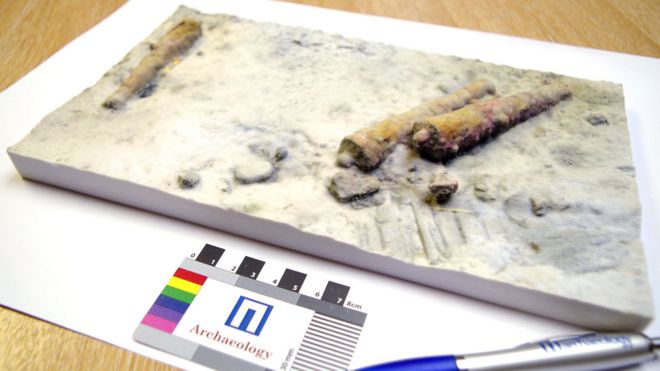3D prints of shipwrecks off Drumbeg and Folkestone
- On 24/05/2016
- In Underwater Archeology
- 0 comments

By Steven McKenzie - BBC.com
Two shipwrecks in UK waters are among the world's first underwater archaeological sites to be recreated using 3D printing technology.
Archaeologists have made a full colour model of a wreck near Drumbeg, in Sutherland, thought to date from the late 17th or early 18th century. A print has also been made of HMHS Anglia, a World War One hospital ship lost off Folkestone in Kent in 1915.
The steamship, built in Dumbarton in 1900, sank after it struck a mine. 3D printing involves machines that can create a three dimensional object from an image by laying down thin layers of materials such as plastic - or in this case plaster of paris - on top of each other.
Wessex Archaeology worked with printing firms in Scotland and England after first investigating and scanning the wreck sites.
The first of the wrecks to be printed was the Drumbeg shipwreck. The wreck lies at a depth of 12m (39ft) in Eddrachillis Bay and consists of three cannon, two anchors and partial hull remains that lie on and below the seabed.
The cannon are heavily encrusted and colonised by small red seaweeds. Local scallop divers Ewen Mackay and Michael Errington discovered the wreck in the 1990s.
Archaeologists are still working to confirm the identity of the wreck, but Wessex Archaeology said one "intriguing possibility" is that it is the Crowned Raven, a Dutch trading vessel.
The ship was known to have been lost in the bay the winter of 1690 or 1691 during passage from the Baltic Sea to Portugal with a cargo of timbers and hemp.
Surveys of the wreck were first undertaken by archaeologists from Wessex Archaeology working on behalf of Historic Environment Scotland in 2012.
Add a comment